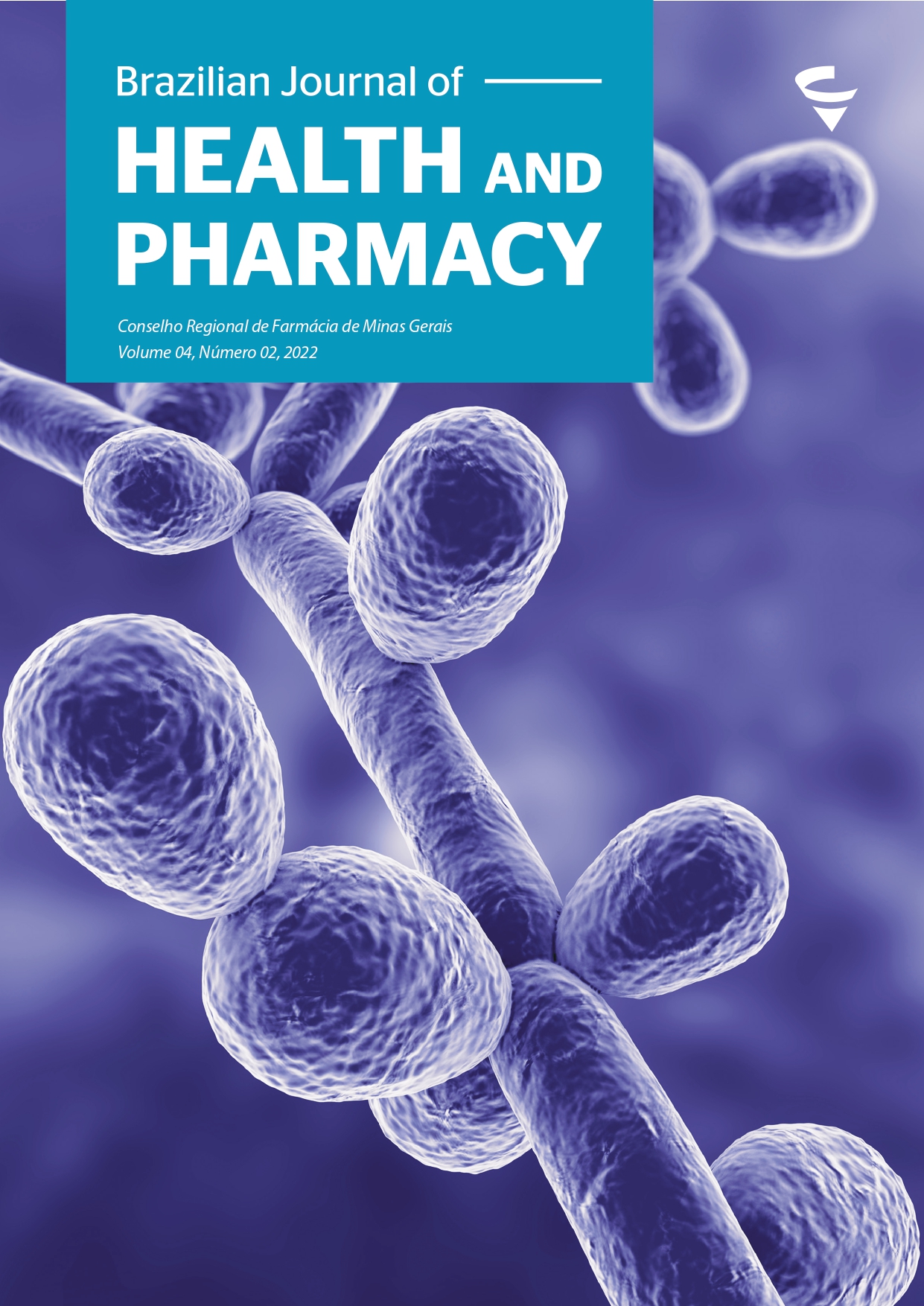Abstract
Monoaromatic antioxidants are one of the major classes of small druggable molecules whose use is widespread as preservatives in pharmaceutical and foodstuff industry. The differentiation of these compounds according to their source is notably difficult due to their shared structural features. This work showcases how to promote the classification of natural and synthetic monoaromatic antioxidants using multivariate analysis, data mining and machine learning algorithms. Physicochemical and biopharmaceutical molecular descriptors were selected and calculated do render alignment and classification models using principal components analysis, data mining, support-vector machines (linear kernel) and multilayer perceptron. We showcased that physicochemical and biopharmaceutical molecular predictors may be suitable attributes for differentiating natural and synthetic monoaromatic antioxidants, since their outputs from multivariate analysis, data mining and machine learning algorithms generated a reliable and accurate model for prompt classification of natural and synthetic monoaromatic antioxidants. Moreover, all classification models yielded accuracies above 80%. This work therefore sheds light on the use of artificial intelligence in the development of classifiers for pharmaceutical and foodstuff applications.

